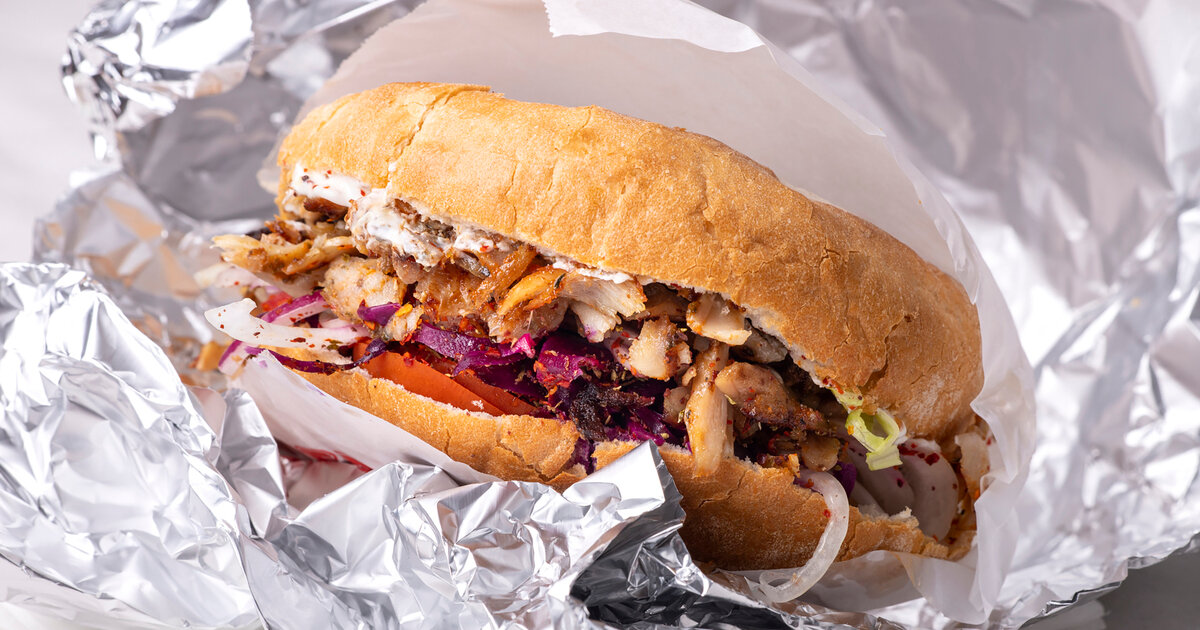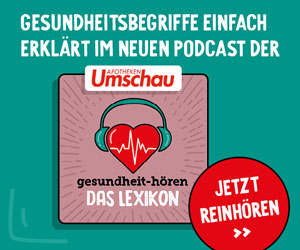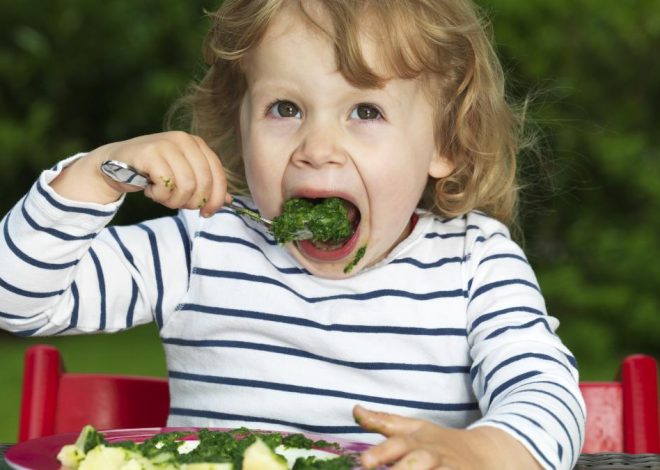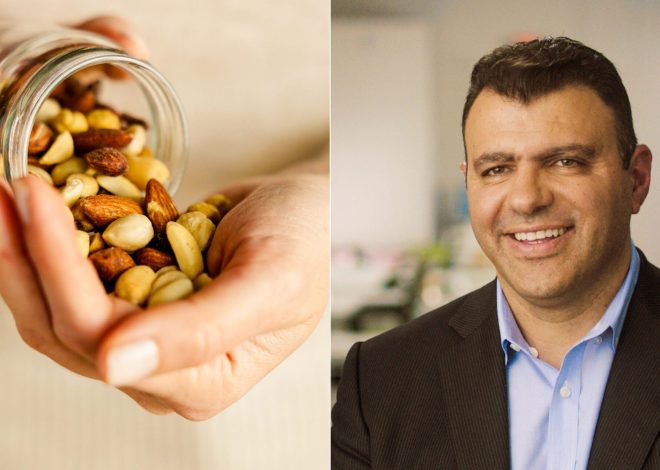
Döner kebab in check: How healthy is this fast food really?

“Stop the kebab inflation” – the Left Party is currently demanding. A so-called kebab price cap is intended to put an end to the constantly rising costs of bread with meat and vegetables. The popular fast food should not cost more than 4.90 euros. Young people from disadvantaged backgrounds should only have to pay 2.90 euros for the kebab.
It is true that the prices for the popular kebab have exploded so much that when Chancellor Olaf Scholz appeared, there were repeated requests for state support. The kebab is a “daily staple food” for people from low-income households. This raises the question: how healthy is the kebab actually?
What’s in a kebab?
The meat for the doner kebab is grilled on a rotating spit: traditionally, it is thin slices of lamb and/or beef, alternating with a minced meat mixture. In addition to the meat, the doner kebab usually contains lettuce, red or white cabbage, onions, tomatoes and various herbs. It is served in a light string bread made from wheat flour. A yogurt, garlic or mayo sauce is usually spread on top. Optional toppings today are often feta cheese and of course the obligatory chili powder.
Is a kebab healthy?
Unfortunately, a healthy appetite is the only healthy thing that follows after treating yourself to a kebab. Because the kebab is and remains fast food. It has very little fiber, vitamins and minerals. “On the other hand, there is a higher proportion of saturated fatty acids, wheat flour, usually too much salt and sugar, as well as preservatives,” explains Dr. Matthias Riedl, diabetologist and nutritional doctor. This means that a kebab only satisfies you for a short time.
Purchased kebabs carry an increased risk of obesity, type 2 diabetes, high blood pressure, arteriosclerosis and cardiovascular diseases
This means that the kebab often does not fill you up for a long time. The main culprit here is the wheat bread. It causes blood sugar levels to rise quickly, but also to fall again quickly. “A rapid drop in blood sugar leads to the release of stress hormones and can trigger cravings,” says Riedl.
Are there any health risks associated with kebabs?
“Buying kebabs carry an increased risk of obesity, type 2 diabetes, high blood pressure, arteriosclerosis and cardiovascular disease due to the flatbread and high-fat sauces,” says Matthias Riedl. A traditional kebab contains around 60 grams of carbohydrates, which is more than half of the recommended daily requirement for diabetics.
How can a kebab be made healthier?
There is no scientific evidence for the popular wisdom that says that kebabs make you look better – but you can easily make fast food more nutritionally appealing. The most important rule is to make it yourself. “Kebabs with fresh and varied ingredients are a very healthy fast food dish,” says Matthias Riedl.

- Doner bread with kernels and seeds and high-quality wholemeal flour allows blood sugar to rise slowly, which prevents binge eating.
- Healthy ingredients are already included in the kebab: you add plenty of vitamin-rich ingredients such as lettuce, cucumber, tomatoes and other vegetables and add feta cheese or mozzarella to create a protein bomb.
- Better than the usual types of meat: lean chicken. But best: leave it out completely and use vegetable balls or falafel.
- Instead of cocktail sauce and the like: season the DIY kebab with low-fat yogurt sauce or herb curd. The calorie balance decreases, the content of filling proteins increases.
Is the kebab really that popular?
Doner kebab is repeatedly touted in the media as the Germans’ ‘favorite dish’ or ‘most popular German fast food’, but there is little evidence for this – quite the opposite: The only serious figures suggest that doner kebab ends up in German stomachs less often than one might think: Six out of ten Germans eat doner kebab less often than once a month or even never, at least that’s what a Yougov opinion poll found in 2022. The number of people who can be described as “heavy users” is significantly smaller than most doner meat: just 3 percent bite into the flatbread several times a week.
Doner or gyros?
The common feature between the Turkish doner kebab and its Greek cousin, gyros: Both mean ‘turning’ or ‘spinning’. The bread is also largely the same, except that the Greeks call it pita, while the Turkish version is called flatbread.
The differences between kebab and gyros are much more numerous. In the pita bread of a Greek gyro you can find coleslaw, olives and tzatziki. In the traditional preparation you will look in vain for tomatoes and regular salad, but they are found in the flatbread of the Turkish kebab. The most important difference, however, is the spices and meat: salt and pepper can be found in both, but garlic, oregano and thyme are usually only found in gyros. Paprika and cumin are usually exclusive to kebabs.
Gyros traditionally consists of sliced pork rubbed with a spice mixture. Doner meat is not pickled, but marinated; traditionally it comes from lamb or mutton, and in Germany it is often beef.

Doner or gyros? What’s the difference?
© iStockphoto/tolgaildun
Tipping ensures more kebabs
By the way, doner kebabs have not only been well analyzed in terms of their nutritional value: researchers at the University of Innsbruck have found that those who praise the doner kebab or tip the restaurant owner when ordering get up to a sixth more filling in their flatbread. To find out, the scientists ordered and ate 800 doner kebabs in Germany and Austria. In keeping with the spirit of research.
Where does the kebab come from?
Nobody knows exactly who invented the doner kebab. Travel reports say that meat on a rotating skewer – that’s what doner kebab means in German – is a traditional dish in Anatolia. The idea of packing it into bread as a mobile meal probably came from guest workers in Germany in the 1970s.
In Turkey, kebab is healthier
The gastronomy expert Koral Elci often criticizes what is offered as doner kebab in Germany. The reason is the differences in production: In Turkey, the meat is marinated overnight, layered and slowly grilled: “There is no sauce there. They concentrate on the quality of the meat.” In Germany, on the other hand, only a few of the estimated 32,000 restaurants with doner kebabs on the menu make their own kebabs. Instead, they buy them cheaply from industrial manufacturers. By law, these doner kebab kebabs can contain up to 60 percent ‘meat’. This minced meat mixture consists mainly of fat and water.
And what about the carbon footprint?
How climate-friendly kebab is depends mainly on the meat ingredient: Anyone who has beef packed into the flatbread is holding a product in their hands that produces around 2.8 kilograms of so-called CO2-equivalent. If the meat is replaced by falafel, the C0 released is reduced2 to about half a kilogram.

Ethel Purdy – Medical Blogger & Pharmacist
Bridging the world of wellness and science, Ethel Purdy is a professional voice in healthcare with a passion for sharing knowledge. At 36, she stands at the confluence of medical expertise and the written word, holding a pharmacy degree acquired under the rigorous education systems of Germany and Estonia.
Her pursuit of medicine was fueled by a desire to understand the intricacies of human health and to contribute to the community’s understanding of it. Transitioning seamlessly into the realm of blogging, Ethel has found a platform to demystify complex medical concepts for the everyday reader.
Ethel’s commitment to the world of medicine extends beyond her professional life into a personal commitment to health and wellness. Her hobbies reflect this dedication, often involving research on the latest medical advances, participating in wellness communities, and exploring the vast and varied dimensions of health.
Join Ethel as she distills her pharmaceutical knowledge into accessible wisdom, fostering an environment where science meets lifestyle and everyone is invited to learn. Whether you’re looking for insights into the latest health trends or trustworthy medical advice, Ethel’s blog is your gateway to the nexus of healthcare and daily living.



